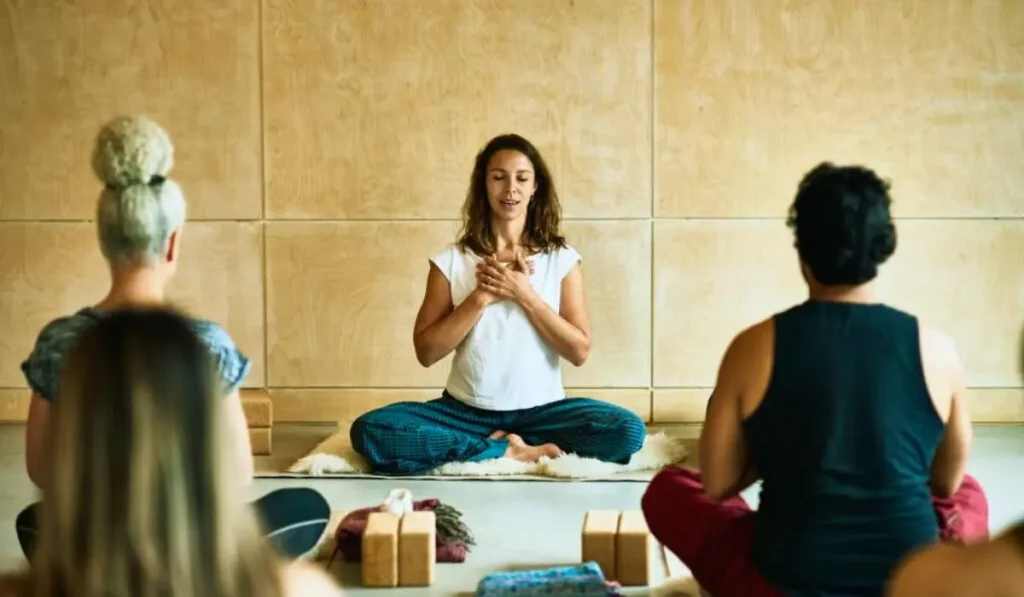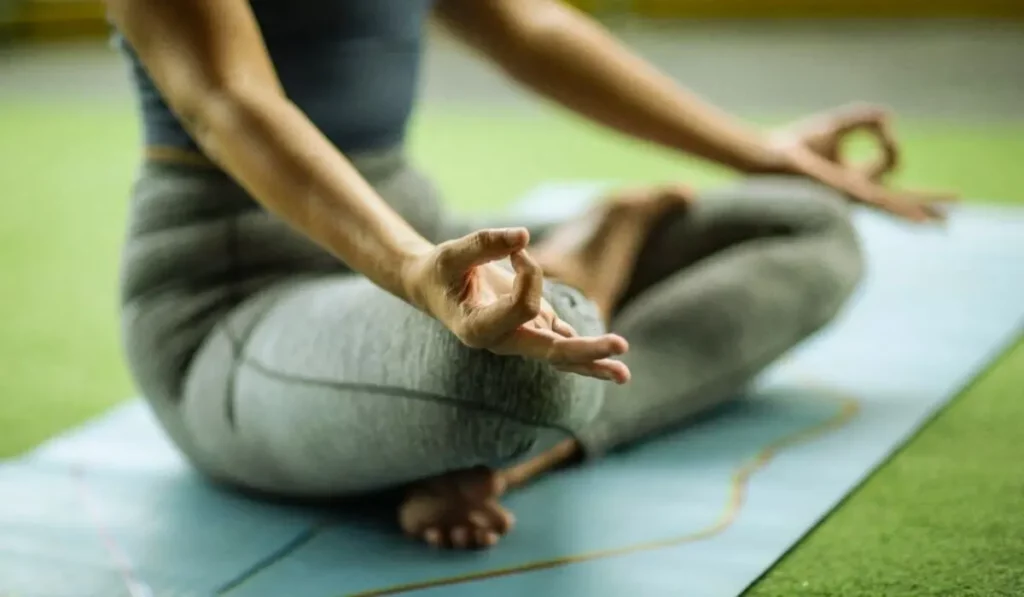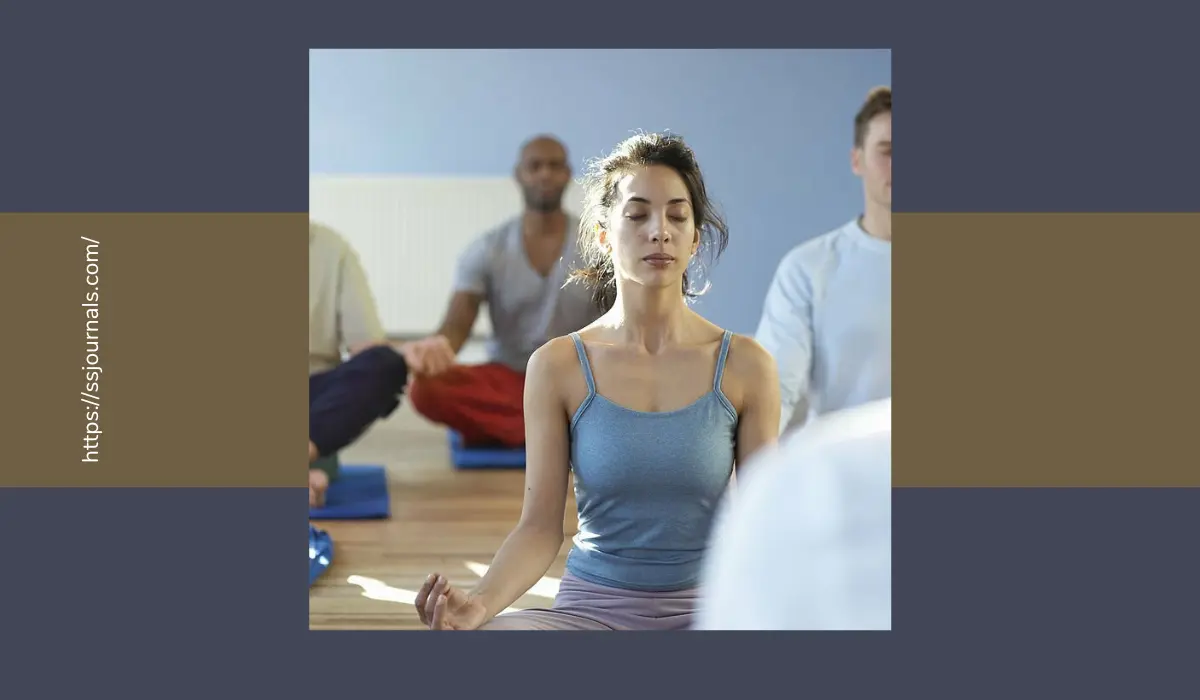Meditation, a practice that improves mindfulness, strictly calls for focusing one’s mind on a particular object, thought, or activity. Having mostly religious implications, the art of meditation has fairly extended to daily life and activities concerned. A source of relaxation from the hustle and bustle of life and the hectic work schedules, meditation also offers a sense of solitude that eventually leads one to learn the purpose of one’s existence. The fact that the different meditation techniques also help improve concentration and attention, as well as staying in focus has sparked a good deal of interest among those who are willing to take the first step in this regard.
What Is Meditation And What Are The Different Meditation Techniques?
- Defining Meditation
As explained above, meditation refers to practicing mindfulness, which in turn, leads to the attainment of self-awareness, along with improving and enhancing the attention span of an individual. Understanding that the practice of meditation has significantly advanced from a sort of obscure Buddhist concept to being highly adopted in mainstream psychotherapy constructs has added more distinctness (or uniqueness) to this term. The point where an individual learns to achieve metacognitive abilities and gets to know the meaning of his/her existence does indeed sound amazing, making meditation a concept that is worthy of practice.

- Meditation Techniques
The following are noted to be the most prominent meditation techniques:
Breathing: One of the most simplest techniques or forms of meditation, Breathing, is most likely to benefit beginners. This is probably because of the simple breathing exercises required there. The one who meditates should exclusively pay heed to one’s breathing. It is stated that this type of meditation is a sure-shot way to improve one’s concentration-cum-focus. The effectiveness of this meditation technique, per claims from available research, lies in the fact that breath-focused meditation is highly linked with attention and brain health.
Mindfulness: A meditation technique that encourages an individual to be wary of one’s surroundings and also stay in the current time without being distracted by worrisome thoughts related to the past or the future.
Also, Read: 5 Butterfly Pose Benefits: How Long Should I Stay In The Butterfly Pose?
Focus: This technique entails one to focus on an object and making thorough observations regarding the same. Examining or concentrating on an object enables an individual to zero in on the details of the targeted object to the extent that no other object distracts him/her. The only thing that one needs to make sure of is to select one that will particularly stimulate one’s senses to acquire that meditating effect.
Walking: Also known as ‘Kinhin’, a Zen Buddist practice of meditation, this requires taking steps after every full breath. The Kinhin, which refers to the step, has its beginning usually announced by ringing a bell twice. Variations to this type of meditation in modern times are found to be highly relaxing and rewarding. The idea or technique behind the walking meditation is to walk in silence by observing what is going around.
Progressive Muscle Relaxation: Involves the tightening and loosening of muscles throughout one’s body. A classic one in its form, this involves holding (or squeezing) the large muscles of one’s body. This should either start from the head or down from the bottoms of the feet.
Mantra: A sacred sound overriding one’s linguistic thought, this meditation is used to train one’s mind. Originally derived from Sanskrit, the word ‘Mantra’ when split into two, gives rise to ‘manas’ and ‘tra’, signifying a mindtool to aid in this specific purpose.
What Meditation Techniques Are Best Suitable For Beginners?
The different meditation techniques discussed above would leave one to determine that breathing, focus, and progressive muscle relaxation are counted best for beginners to practice.

For their effectiveness in improving concentration, maintaining focus, and staying attentive, they are doubtlessly good for beginners to start with, also making their way to explore more techniques to practice down the road.
In addition to these, Isha Kriya, a new meditation technique discovered by the renowned yogi, Sadhguru, fits best for beginners. As per his claims, Isha Kriya can help them find out the source of their existence and create life per their wish and vision. If practiced daily, this meditation technique will enhance health, dynamism, peace, and well-being.
Conclusion
Having had a bit of explanation regarding meditation and its available techniques, as well as determining which among these are more suitable for beginners to adopt and practice, what is left to infer is the overall goodness and benefits associated with meditation. However, there are chances for some to find it difficult to meditate and derive the stated benefits. In such cases, meditation under supervision and guidance will be highly appreciated.

